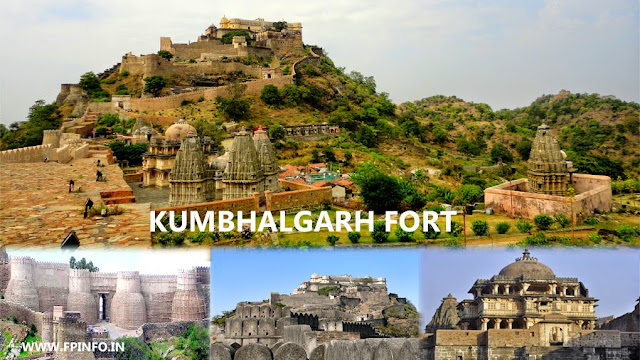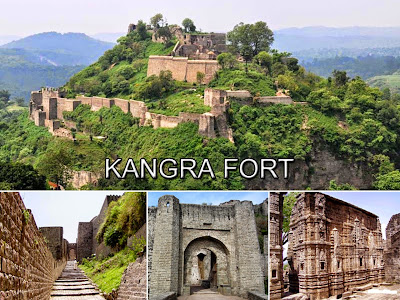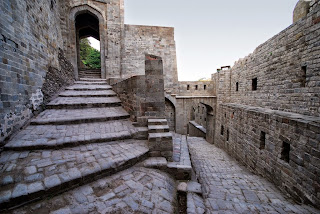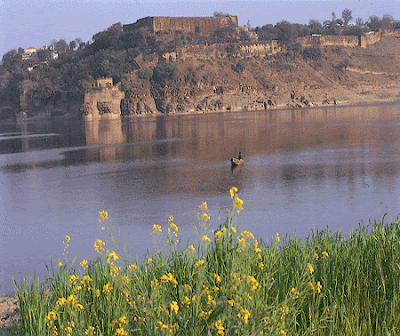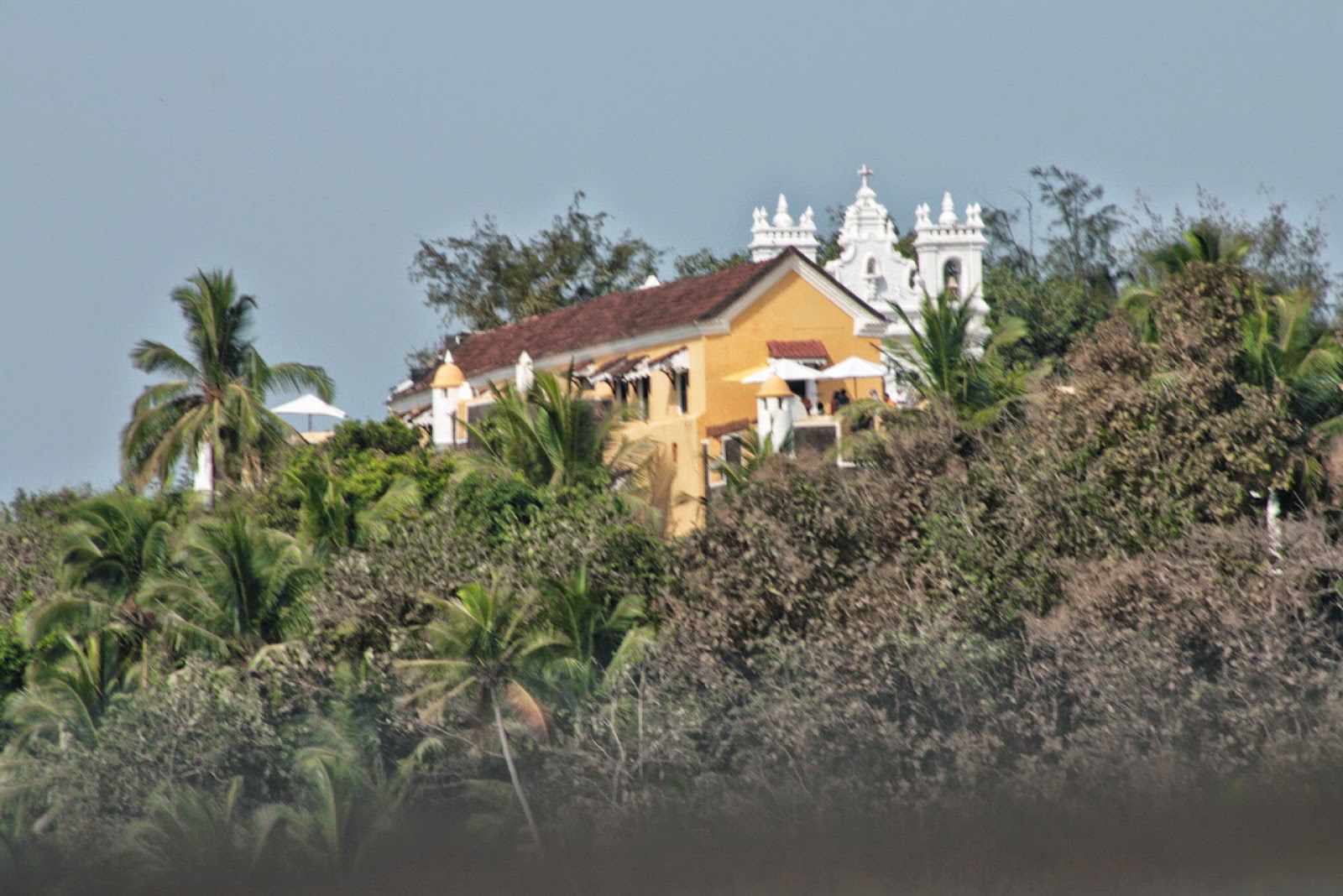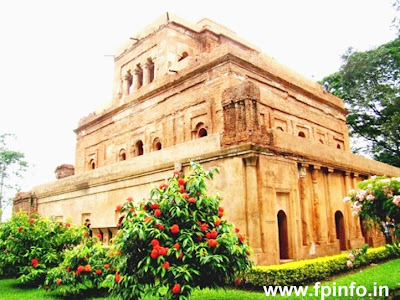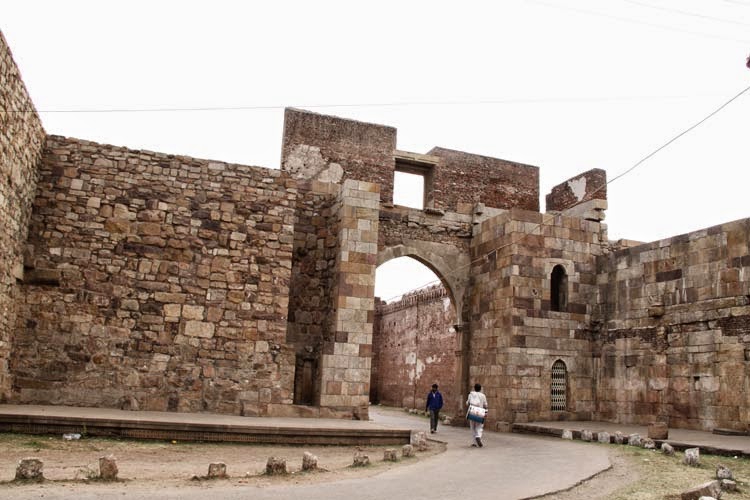Gwalior fort is the most well-known monument of Gwalior City Madhya Pradesh. The Fort located on top of the hill Gopalchanl. Suraj Sen was the first king of this fort.

|
| Gwalior fort |
Introduction:-
This fort was contracted by red sand stone. It can visible from every direction of the city. There are two way to reach in fort. First gate called Gwalior gate, you can reach by walking through this gate. For vehicle you can only reach through Urvai gate which is very high and thin. Around the road we can see very beautifully and closely designed statues of Jain Tirthankar on big rock. Fort three hundred fifty feet elevation is witness to the fort unbowed. The internal design of the fort is wonderful examples of medieval architecture. Gujri Mahal is one of them built in 15th century which is symbol of deep love between Raja Man Singh and Gujariya Queen Mrignayani. The outer part of the castle in its original kept safe by the State Archaeology Department but internal part changed in the Museum where rare ancient’s cultures are priced according to carbon dating of the first 20th century AD. These rare sculptures are obtained from nearby areas of Gwalior.
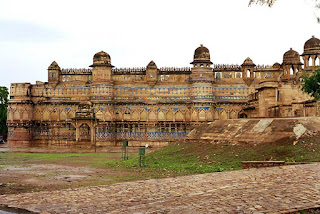
|
| Gwalior fort |
Over the past 100 years, the fort is located in Gwalior. One of India's most impermeable forts passed through many hands. It is built on sandstone hills and spared 100 meters on plains area. The outer wall of the fort is about 2 miles long and its width ranges from 1 kilometer to 200 meters. The walls of the fort are very steep ascents. The turmoil of the era fort has witnessed many Ldaiyon it in times of peace as well as numerous festivals are also celebrated. The rulers did justice to the fort, which many people held captive. The event will be held in Fort gorgeous but Jahron rip ears are voices.
Entry fees and Visiting Time of Gwalior Fort
Adult Indian: - 75 per person
Children Indian: - 40 per person for children
Foreign tourists: - 250 per person for
Timings: - 9:00 AM - 5:00 PM All days of the week
